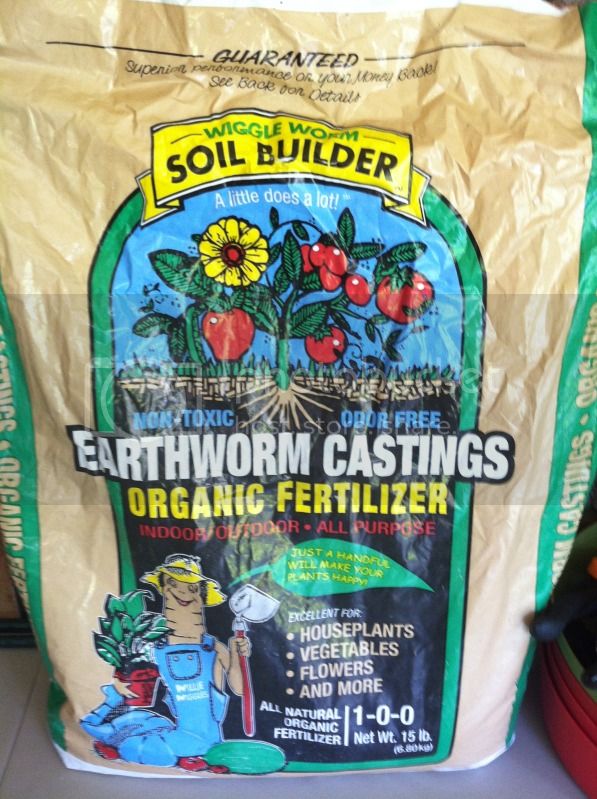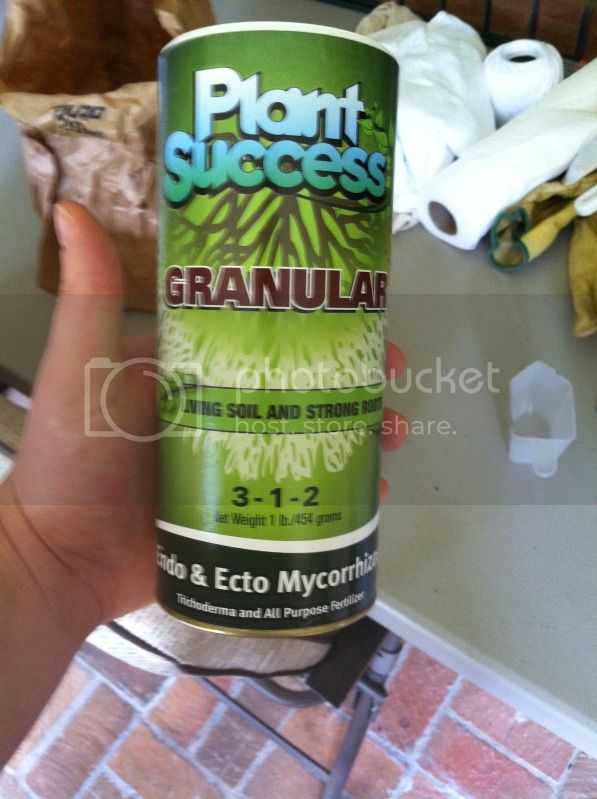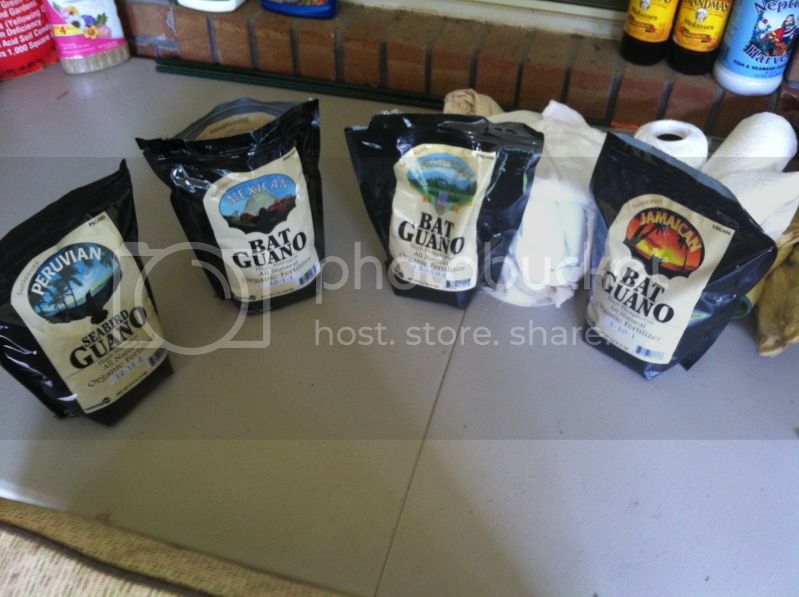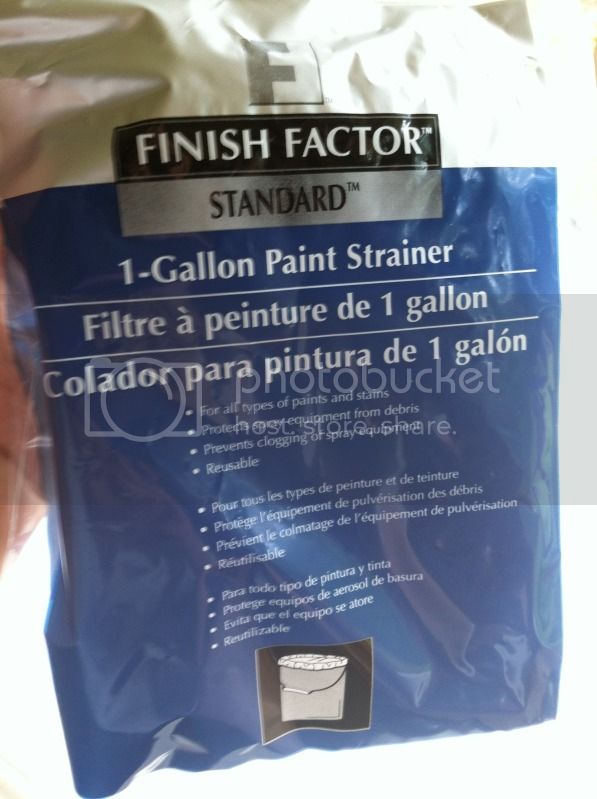Introduction:
Although I am new to this method of gardening, I have gathered some useful information and tips in regards to those wanting to start their own compost tea brewing.
AACT or actively aerobic compost tea is when, you, as the gardener, replicate the benifical microbes that plants utilize during growth. Plants utilize these microbes in the fact that these microbes break down organic materials within the soil and make the nutrients within these organic compounds readily available to the plants.
These microbes also compete with harmful bacterium and fungi in the soil that may be harmful to your plant and prevent breakouts of disease.
Another plus of compost tea is that it can be applied as a foliar spray to aid your plants. The compounds utilized within the brewing of compost tea act as a form of "food" for the leaves as well as providing a beneficial layer of organic compounds which leave behind a "biofilm". Along with the added effects of food for the plant leaves, the "biofilm" coats your plant and makes a natural barrier which thwarts would be pests and harmful microbes from attacking your plant. This can ultimately eliminate the need of pesticides and acts as the most natural disease and pest suppressant that you can find. Furthermore, the beneficial microbes brewed within compost tea also colonize on the surface of the plant leaves and continually compete with harmful microbes to prevent disease outbreaks.
There are many other benefits of compost tea, however, the above benefits are the most intriguing to me.
Many commercially available products and compost tea kits exist on the market today. While these kits are effective, they can sometimes be very costly. Therefore, in this guide, I will show you not only how to build your own compost tea brewer from many readily available items, but also share some tips picked up along the way.
Let's Make Tea:
1. For your main brewer equipment you will need: a 5 gallon bucket, an aquarium pump, an air stone, and some aquarium tubing.
2. For your tea making ingredients you will need:
unsulphured liquid molasses
compost -
mushroom, homemade, or bagged* (vermicompost or worm castings is usually a common staple and multiple
types of composts can be combined and added together) (
UPDATE: Click on either link to see how vermicompost/worm castings aid in disease suppression for your plants)
green plant clippings such as
fresh green grass clippings
chopped fish/fish flakes/fish emulsion
liquid kelp emulsion or kelp powder
various guanos (such as bat, chicken, and sea bird)
a source of mycorrhizae* (the symbiotic fungi which makes this little brew the true gem it is). <<<
Mycorrhizae products can be found at garden stores and readily available on-line for purchase>>>
3. You will need a fabric medium to contain each of these above ingredients so that straining will not be necessary if using
via a sprayer, but also to aid in the suspension of your ingredients inside your brewing bucket*
(More about suspending your ingredients farther down). These include:
muslin bags, cotton socks or shirts, painter's bag, pillow cases, etc.





